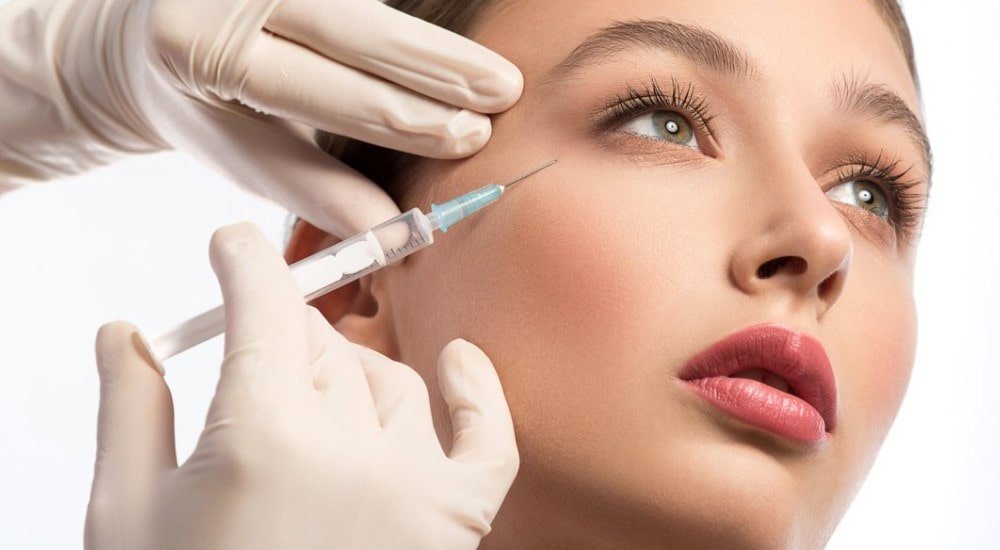
Filler Injection
Filling injection aesthetics is a method used in the treatment of wrinkles, deep lines, loss of volume and other aesthetic problems on the skin. Fillers are injected under the skin, helping the skin to gain a fuller, younger and fresher appearance. Filler injections can be made using different substances such as hyaluronic acid, calcium hydroxyapatite, polylactic acid, PMMA (polymethylmethacrylate) and fat transfer. Hyaluronic acid is the most commonly used filler and usually gives temporary results. Polylactic acid and calcium hydroxyapatite can provide longer lasting results, while PMMA and fat transfer can provide permanent results.
Filler injections can be used for various purposes such as lines around the mouth, lines between the nose and lips, wrinkles between the eyebrows, reshaping the cheeks, reducing under-eye bags and highlighting the cheekbones. Filler injections are less invasive than surgical procedures and are usually performed under local anesthesia. During the procedure, a certain filler is injected under the skin, and then the treatment area is gently massaged. After the procedure, slight swelling, redness and tenderness are normal but disappear within a few days.
Filler injections usually have a quick recovery time and most people can return to their daily activities immediately after the procedure. However, it is recommended to avoid sun exposure for a few days in the treatment area of the skin after the procedure. Filling injections are an effective way to achieve an aesthetic appearance. However, it may not be suitable for everyone and especially pregnant women and nursing mothers should consult their doctor before undergoing the procedure. Also, an allergic reaction or other possible side effects to filler injections can occur, so it's important to discuss the potential risks with your doctor before the procedure.



